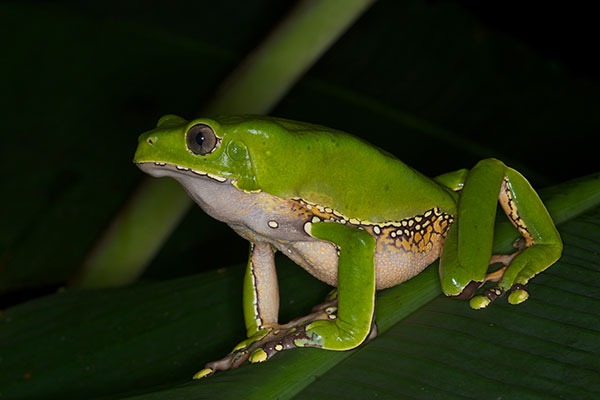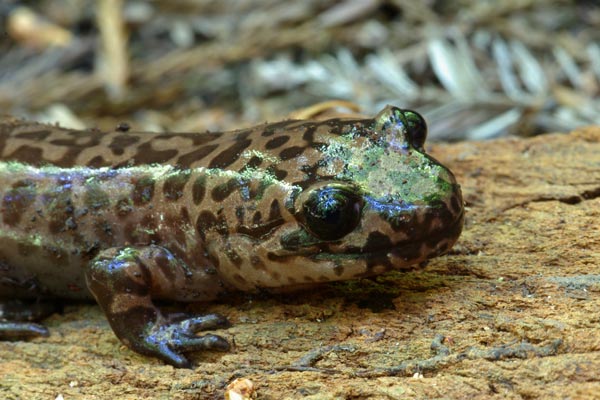Top 10 Favorite Amphibians
As with my Favorite Lizards and Favorite Snakes lists, I based
my choices here on some arbitrary combination of beauty, size, interesting behavior, oddball-ness, and
difficulty of observation.
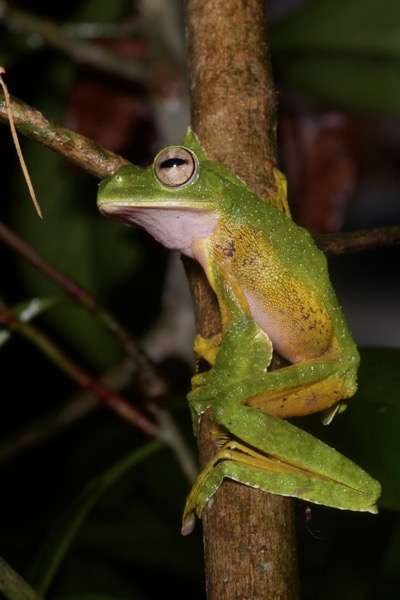
1. Wallace’s Flying Frog
When threatened, this large, colorful treefrog leaps from its perch, then stretches out its feet and the extra fringe on its legs to glide to another tree. Sir Alfred Russel Wallace, co-discoverer of evolution by natural selection, described this frog to the English-speaking world in his classic work The Malay Archipelago.
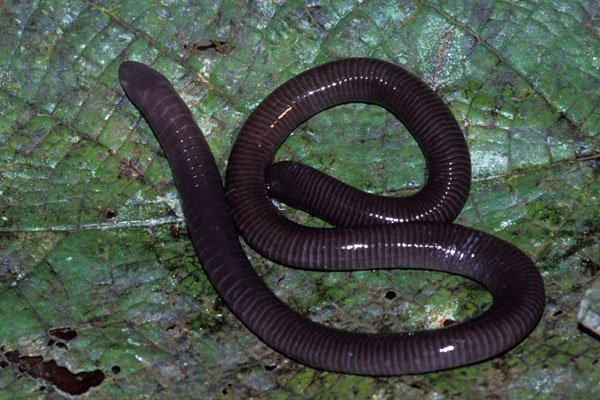
3. Purple Caecilian
Caecilians are weird, exotic, and hard to find. This was the first one I ever saw, and for many years the only one.
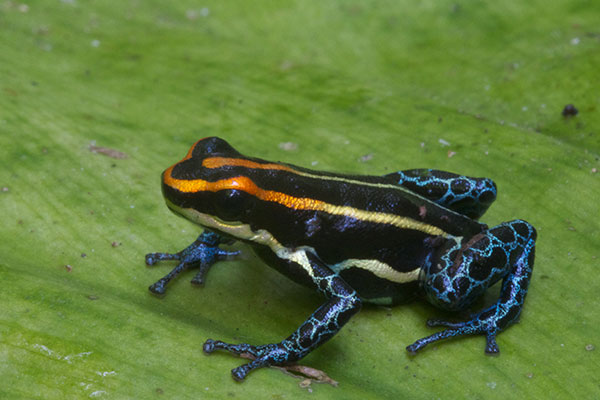
4. No known English name
This tiny poison frog might be the most beautiful wild animal I've ever seen. But I had to look very closely,
as it was no longer than one of my shorter fingernails.
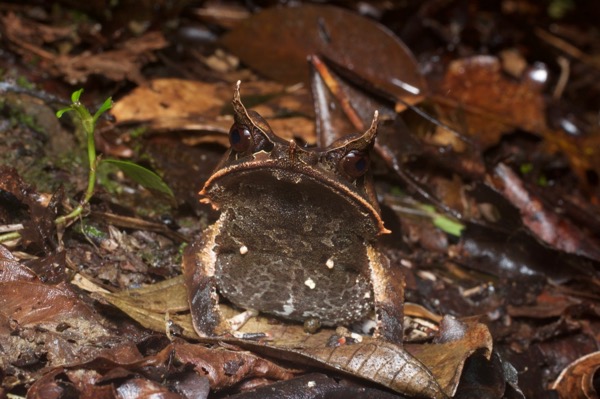
5. Malayan Horned Frog
This grumpy-looking, ground-dwelling frog has amazing camouflage in the rainforest leaf litter of southeast Asia. Also, it is extremely funny-looking.
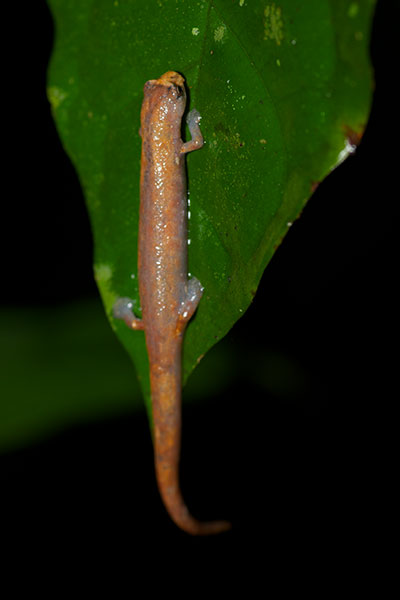
6. Amazon Climbing Salamander
The USA is chock full o' bigger, prettier, and faster-moving salamanders. But there's nothing
like the thrill of finding a little salamander patrolling a vertical leaf in the Amazon
rainforest night. They are so cute!
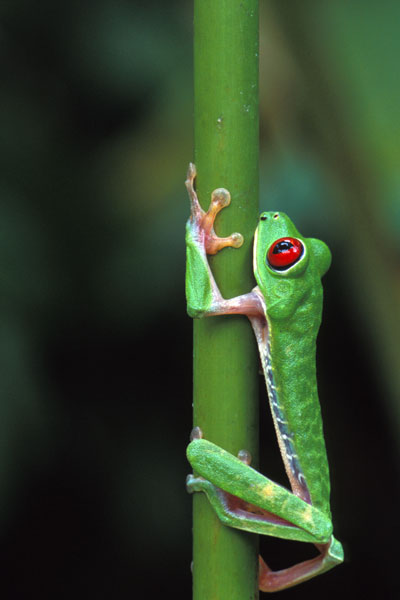
7. Red-eyed Tree Frog
The advertising industry's favorite amphibian, and with good reason. They are reasonably common in
Costa Rica, but still a thrill to see.
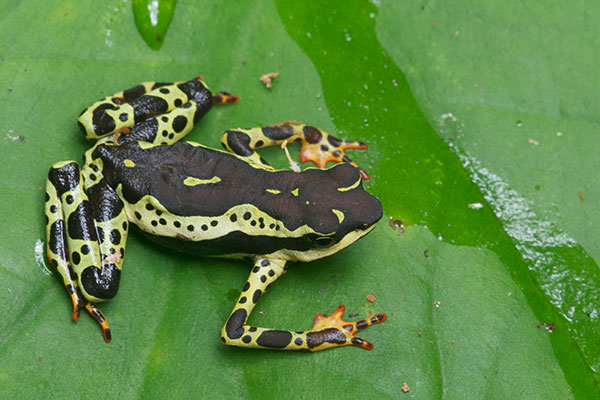
8. Common Harlequin Toad
This genus of colorful toads has been ravaged by the chytrid fungus that has ravaged
frog populations across the globe. This particular species hasn't been hit as hard
as most species in this genus, but these toads exist only in isolated pockets of very particular habitat and each one is a
treasure of the rainforest.
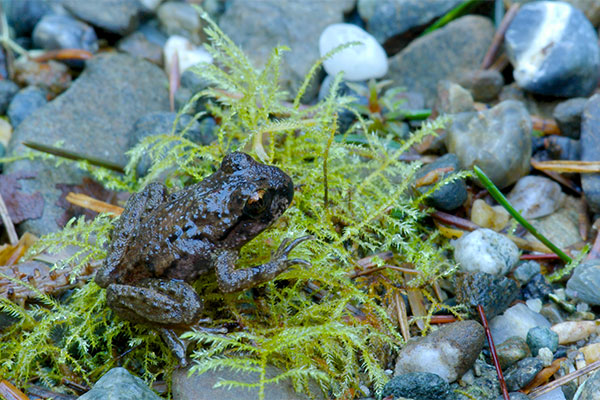
9. Coastal Tailed Frog
Ascaphus is in the most primitive family of frogs (Leiopelmatidae), which diverged from other amphibians over 245 million years ago.
All frogs in this family live in New Zealand except this species and its Rocky Mountain cousin Ascaphus montanus.
